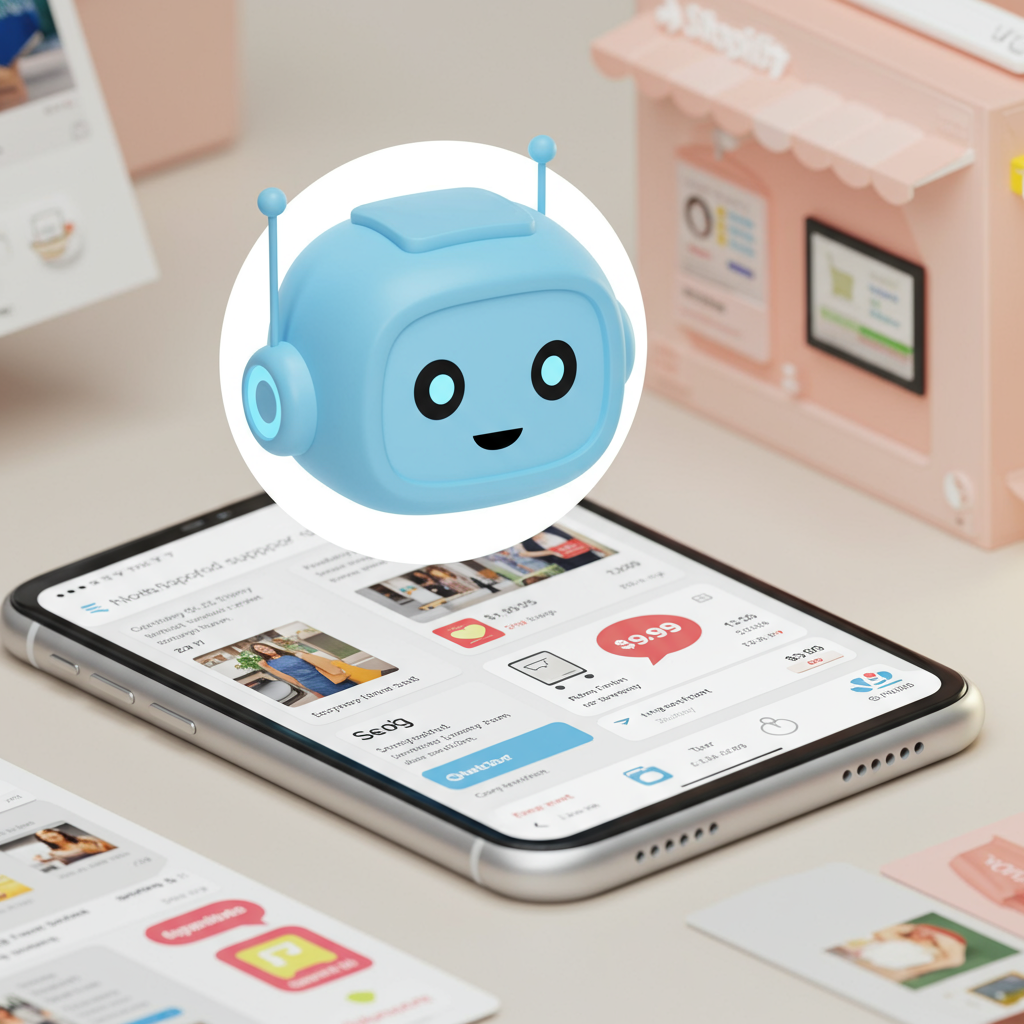Unlock 24/7 Customer Support and Boost Sales with Smart Automation
Hello fellow Shopify merchants! I’m here today to talk about a game-changer for your online store: chatbots.
In the fast-paced world of e-commerce, customer expectations are higher than ever. Shoppers want instant answers, personalized experiences, and seamless support.
This is where a well-implemented chatbot can truly shine, transforming your customer service and boosting your sales around the clock.
I’ve seen firsthand how integrating a chatbot can free up valuable time, reduce support tickets, and even convert browsing visitors into loyal customers.
So, if you’re ready to elevate your Shopify store’s customer experience and efficiency, let’s dive into my comprehensive guide on setting up a chatbot.
First, let’s quickly touch upon the undeniable benefits. A chatbot provides 24/7 instant support, meaning your customers never have to wait for answers, regardless of time zones.
They can handle common FAQs, freeing up your human support team to focus on more complex issues that require a personal touch.
Chatbots are also excellent lead generation tools, capable of capturing customer information and qualifying leads even when you’re offline.
They can guide customers through your product catalog, offer personalized recommendations, and even assist with the checkout process, directly impacting your sales.
Moreover, they provide a consistent brand voice and experience, ensuring every customer interaction is professional and on-brand.
When considering a chatbot, you’ll generally encounter two main types: rule-based and AI-powered (NLP). Rule-based bots follow predefined scripts, while AI bots understand natural language.
For most Shopify merchants starting out, a hybrid approach or a robust rule-based system with some AI capabilities often provides the best balance of power and ease of setup.
Now, let’s talk about choosing the right platform. This is a crucial step, and I recommend evaluating options based on Shopify integration, features, pricing, and ease of use.
Look for platforms that offer seamless integration with your Shopify store, allowing the bot to access order data, product information, and customer details.
Consider features like live chat handoff, abandoned cart recovery, product recommendations, and analytics. Your chosen platform should align with your specific business needs.
Some popular options I’ve seen merchants use successfully include Shopify Inbox (built-in), Tidio, Gorgias, Re:amaze, and ManyChat (especially for Messenger marketing).
Each has its strengths, from comprehensive helpdesk solutions to marketing automation powerhouses. Do your research to find the best fit for your budget and goals.
Once you’ve chosen your platform, the real fun begins: the setup process! My first piece of advice is to define your goals clearly. What do you want your chatbot to achieve?
Is it primarily for answering FAQs, generating leads, driving sales, or providing order status updates? Having clear objectives will guide your entire setup.
Next, install your chosen chatbot app from the Shopify App Store. This is usually a straightforward process, requiring just a few clicks to authorize the app.
After installation, you’ll typically go through an initial configuration. This involves setting up your welcome message, defining your bot’s personality, and perhaps setting business hours.
The most critical step is designing your conversation flows. Start by identifying your most common customer questions. These are your low-hanging fruit for automation.
Script clear, concise, and helpful answers for these FAQs. Think about how a customer would naturally ask the question and provide the most direct answer.
Beyond FAQs, consider flows for product recommendations. If a customer asks about ‘running shoes,’ can your bot suggest specific models or categories?
Integrate with your Shopify data to allow customers to check their order status directly through the chat. This is a huge time-saver for both you and your customers.
Implement lead capture flows. If a customer asks a question that requires follow-up, can your bot politely ask for their email address or phone number?
For more advanced setups, explore abandoned cart recovery flows, where the bot can gently remind customers about items left in their cart.
Crucially, always include a live chat handoff option. There will be times when a customer needs to speak to a human, and your bot should facilitate this seamlessly.
Personalization is key. If your platform allows, use customer data (like their name or past purchases) to make interactions feel more tailored and less robotic.
Before going live, thoroughly test every single conversation flow. Put yourself in your customer’s shoes and try to break the bot. Ensure all paths lead to a satisfactory outcome.
Once you’re confident, launch your chatbot! But the work doesn’t stop there. Continuously monitor its performance using the analytics provided by your platform.
Analyze common questions the bot couldn’t answer, identify drop-off points in conversations, and look for opportunities to refine your flows.
Regularly update your bot’s knowledge base with new products, policies, and promotions. A static bot quickly becomes an unhelpful bot.
My final piece of advice: while automation is powerful, don’t over-automate. Maintain a balance between efficiency and genuine human connection.
Your chatbot should enhance, not replace, your customer service. It’s a tool to empower your team and delight your customers.
I truly believe that a well-configured chatbot is an indispensable asset for any modern Shopify store looking to scale and improve customer satisfaction.
I’d love to hear your thoughts on this guide. What are your biggest takeaways, or what challenges have you faced with chatbots in your own Shopify store?
Thank you for reading, and I wish you the best of luck in implementing your new Shopify chatbot!






